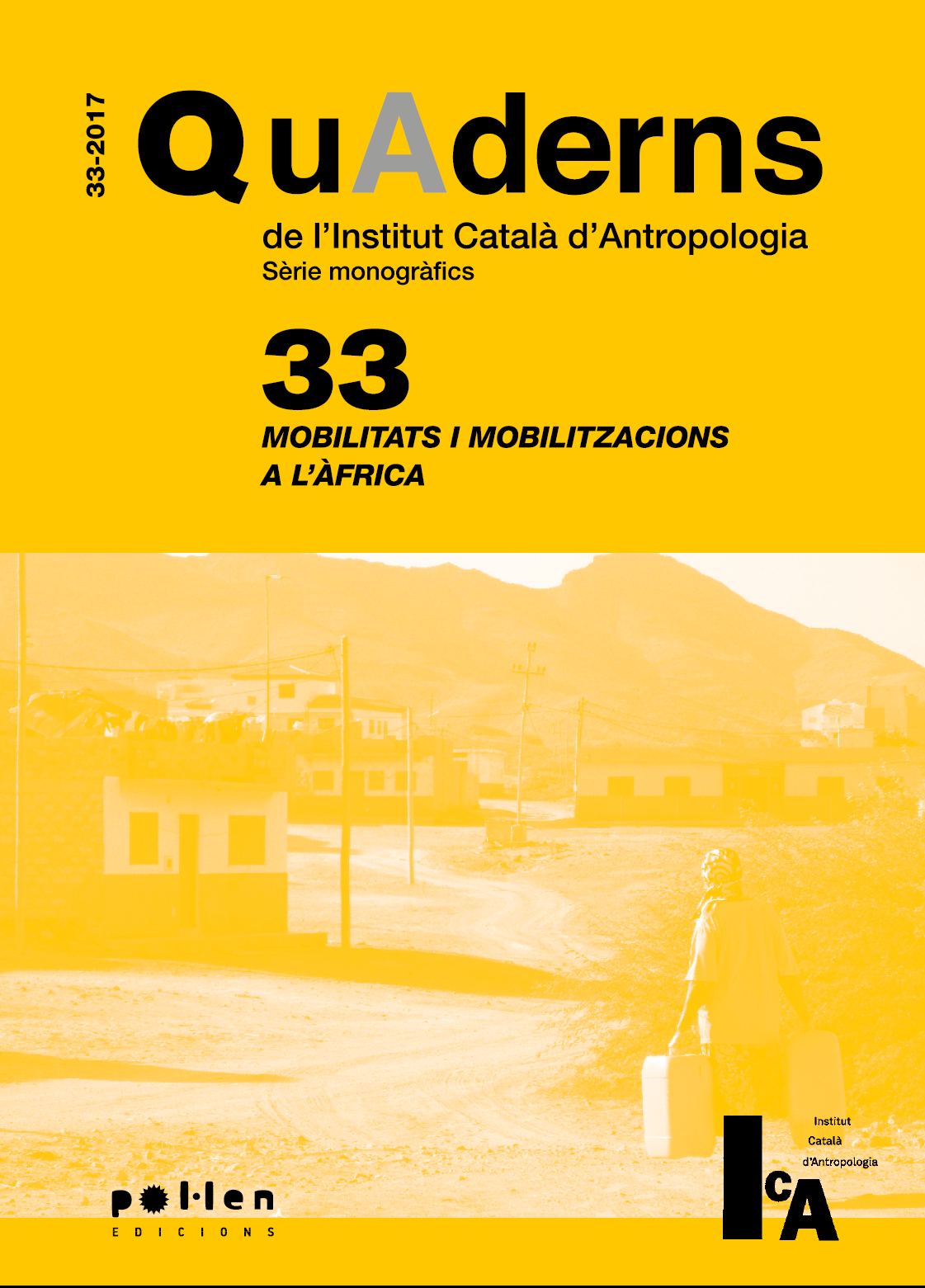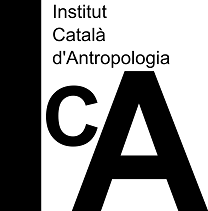Telas en la encrucijada: rituales, comercio e identidades en Casamance (Senegal)
Keywords:
Pagnes, ritual, trade, material ethnicity, Casamance, SenegalAbstract
The “pagne manjack” cloth is well known throughout Senegal and Guinea-Bissau. For Manjacks and other ethnic groups in the Southern region of Casamance (a region in politico-military conflict since 1982), the value of this fabric is linked to the life stages. The fabric is produced, designed and distributed especially for ritual purposes. In the seventies, and especially the eighties, several dressmakers from Senegal’s capital Dakar discovered the originality and liveliness of the pagne designs made by Southern weavers (especially, but not only, Manjacks). The Dakar dressmakers began to produce clothing and complements imitating these Southern designs and enjoyed remarkable commercial success, not only in Dakar but also in France and around the world. Their success has sparked debates about the production, distribution, marketing, and ultimately, “ownership,” of the pagne manjack designs.
Downloads
Global Statistics ℹ️
|
221
Views
|
169
Downloads
|
|
390
Total
|
|
Downloads
Published
How to Cite
Issue
Section
License
Distributed under the terms of the Creative Commons Attribution 4.0 International Use and Distribution License (CC BY-NC-SA 4.0)




